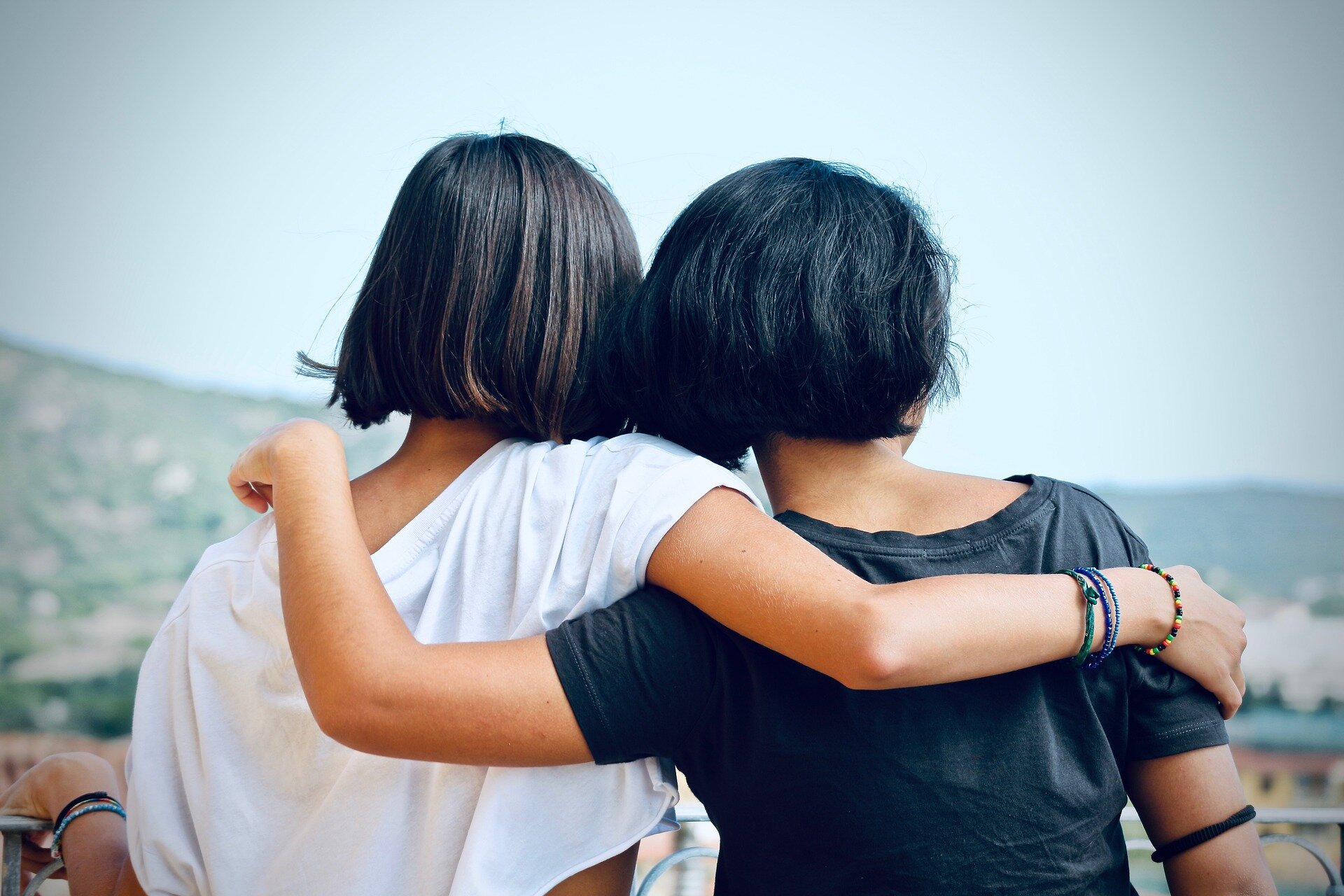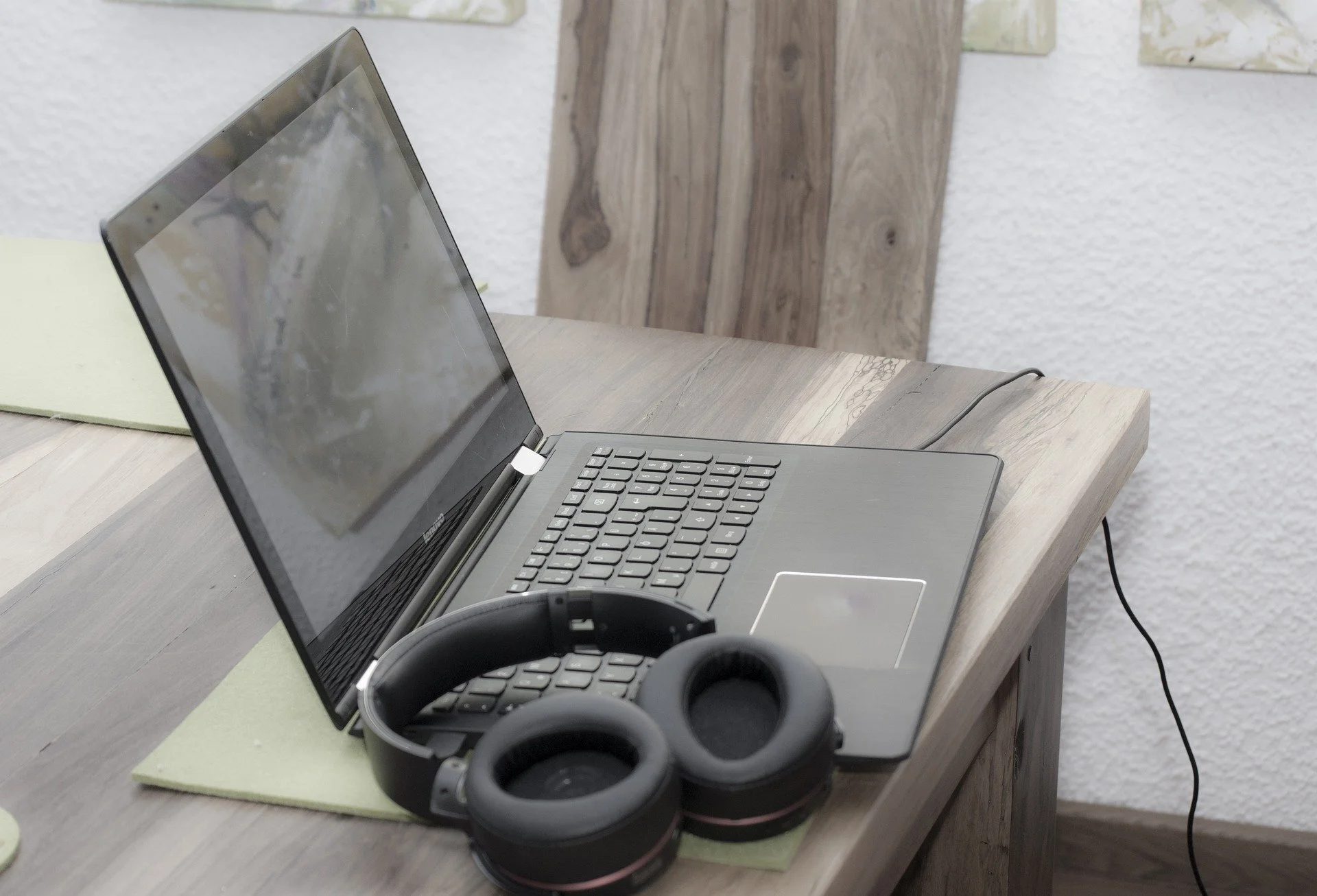I have to apologise, as the Resolving Chronic Pain blog didn’t come out last week. I would like to say it was pre-planned, but when it came down to it, I just needed a break.
We all do sometimes, and while it may not be possible to make a habit of it, it’s good to have an idea of which tasks absolutely have to get done and which you can be a little bit more flexible about. We’re all only human after all.
The blog will be back next week as usual – some wonderful people have agreed to share their stories as case studies and a few of them will be included in posts over the next few weeks.
For now though I would urge you to take a break if you need one, even if just for five minutes, even if just to not be so hard on yourself in one particular area.
Meanwhile, I’m going to sit back, relax for a moment, and pretend I’m on the beach in this picture. We may not be allowed to go anywhere just now, but we can still dream! And the local beauty spots aren’t bad either.










